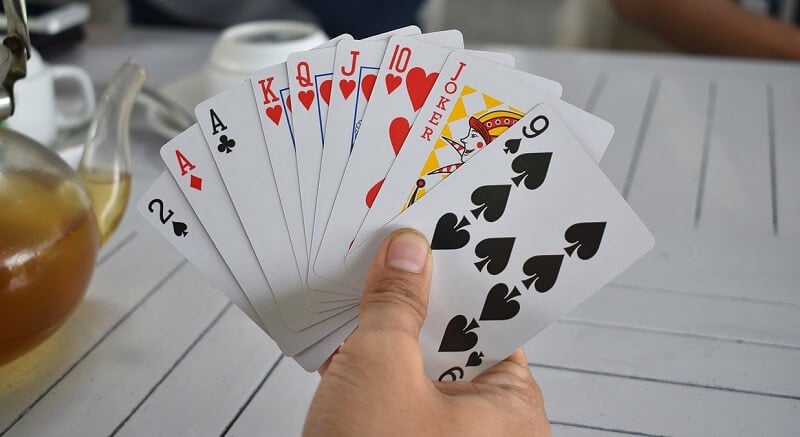
In Vietnamese culture, card games are an integral part of the nation's identity. Whether it's a family gathering or a special occasion, card games can create a joyful atmosphere. These games are like cultural glue that connects generations and makes celebrations even more special. As you embark on your Vietnam travel adventure, be prepared to not only explore the landscapes and cuisine but also to immerse yourself in the fun of Vietnamese card games!
1. The cultural significance of Vietnamese card games
Playing cards in Vietnam is an integral aspect of traditional Vietnamese culture and social gatherings, providing a platform for family, friends, and neighbors to come together. Beyond serving as a source of entertainment, Vietnamese card games facilitate social interaction among people of various ages who participate in this activity. Many traditional Vietnamese card games even incorporate elements of strategic thinking, calculation, and wit.
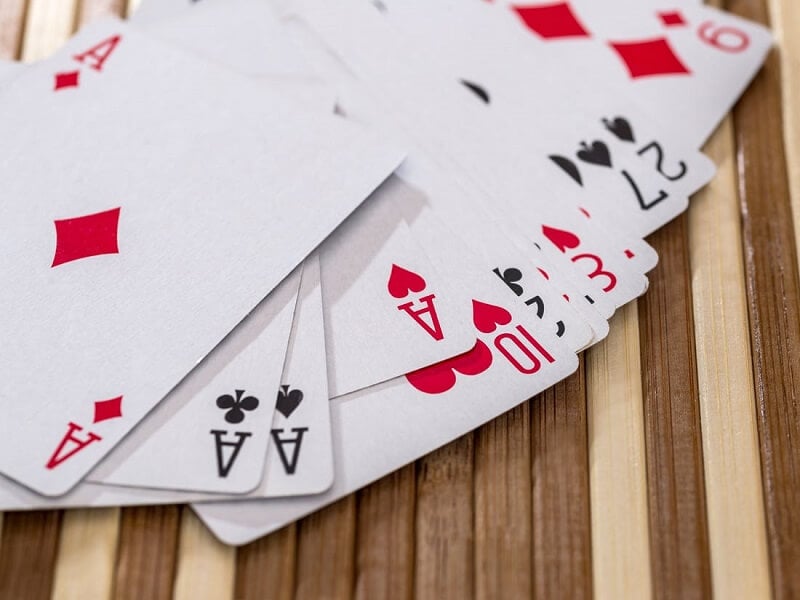
Special occasions such as the Tet holiday or family reunions often showcase Vietnamese card games prominently, contributing to the festive atmosphere of these events. They create a celebratory space where individuals can come together to enjoy shared moments, emphasizing the recreational aspect of Vietnamese card games and distancing them from any association with harmful gambling practices.
2. Top 3 traditional Vietnamese card games
2.1. Tam cúc (Three chrysanthemums)
Tam cúc, a popular traditional card game in Northern Vietnam, employs a deck of 32 cards. The rectangular cards feature Chinese characters and illustrations on the top side. The game accommodates 2 to 4 players.
Card types:
- The 32-card deck consists of red and black cards, with red cards holding a higher value than black ones.
- Each type has distinct symbols and is ranked as follows:
- Tướng (将 - general)
- Sĩ (士 - advisor)
- Tượng (象 - elephant)
- Xe (車 - chariot)
- Pháo (砲 - cannon)
- Mã (馬 - horse)
- Tốt (卒 - soldier)
- Except for Tướng (1 card) and Tốt (5 cards each), all other types have 2 cards each.
Card arrangement:
- Pairs: Two cards of the same color and type, like a pair of black Pháo or red Xe.
- Triplets: A set of Tướng-Sĩ-Tượng or Xe-Pháo-Mã of the same color. The triplet Tướng-Sĩ-Tượng overpowers the Xe-Pháo-Mã combination.
- Four of a kind: Four Tốt of the same color.
- Five of a kind: Five Tốt of the same color.
- Single cards that don't fit into any set are considered separate.
Dealing cards:
- For 2 players: Each receives 16 cards, with both sides aware of each other's cards.
- For 3 players: Each receives 9 cards. Five cards are removed from the deck: 1 red Tướng, 1 black Tướng, 1 black Sĩ, 1 red Sĩ, and 1 black Tốt.
- For 4 players: Each receives 8 cards.
Gameplay:
- The first player, randomly chosen by a computer or through mutual agreement, initiates the game by calling "one card," "two cards," "three cards," etc. Other players respond accordingly, revealing the number of cards in their possession.
- Cards are played face down, and once everyone has played, the first card is revealed. The player with the highest-ranking card wins the round and becomes the dealer, gaining the right to initiate the next round.
- Special rules govern the first round, where only a red Xe can be played. Playing a Tượng or Sỹ in the first round is considered a forfeit.

2.2. Tứ sắc (Four color cards)
The Vietnamese card game Tứ sắc is a widely played traditional Vietnamese game in Central and Southern Vietnam, ideally suited for 4 players, although 2 or 3 players can still participate. The deck consists of 112 rectangular cards made of paper, featuring a small and concise design with only text and no accompanying illustrations on the face of the cards.
The cards' outer side is uniformly colored, and different suits have equal values for each corresponding card type. The deck comprises 7 card types like Tam Cúc, including Tướng, Sĩ, Tượng, Xe, Pháo, Mã, and Tốt, each with 16 cards distributed evenly among 4 colors: green, yellow, white, and red.
Key concepts:
- Chẵn (Even): Groups of cards are considered even when meeting the following conditions:
- 2 to 4 identical cards of the same color.
- For the Tốt (pawn) card, a set of 3 to 4 cards of different colors can still be counted even.
- 1 to 4 Tướng cards.
- Lẻ (Odd): Groups of cards are considered odd when forming a set of generals, advisors, and elephants, or a set of chariots, cannons, and horses, all of the same color.
- Rác (Outcast): Cards that do not fit into even or odd groups.
This Vietnamese card game rules:
- Each player is dealt 20 different cards, while the dealer receives 21 cards. The remaining cards are placed in the table center.
- The winner is the player who completes a set of cards with no remaining outcasts in hand. If no winner is declared when there are 7 cards left in the center pile, the round is considered a draw.
- When the first card is played, the player must discard any outcasts in their hand. Failure to do so results in being penalized on behalf of the whole group.
Scoring:
- Pair: No points
- General: 1 point
- 3 of a kind: 1 point
- 4 of a kind: 6 points
- Odd set: 3 points
- Full set of different colors: 8 points
- Four different colored pawns: 4 points
- Tới (Winner): 3 bonus points
At the end of the game, the total points in hand must be an odd number; otherwise, the player is penalized.
Gameplay:
- The game begins with the dealer, who selects any card from their hand and places it on the table. This first card is called Tỳ.
- Subsequent players, if they have valid cards to match the Tỳ, can take the Tỳ and simultaneously discard a card to continue the game. If they are unable to do so, they draw a card from the center pile and forfeit their turn.
- Players continue taking turns, either taking the last played card or drawing from the center pile, until a player successfully discards all their outcast cards and wins.
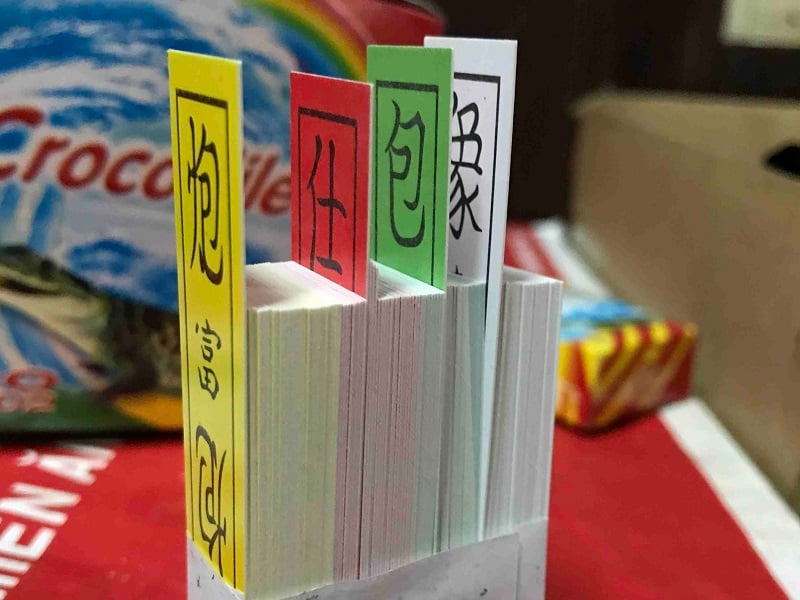
2.3. Tổ tôm (120-card game)
Tổ tôm, originating from China but adapted to align with Vietnamese customs, is especially favored by elderly gentlemen, with the number of players usually 4-5. The deck, redesigned during French colonial rule, depicts people in traditional Japanese costumes.
Card types:
The deck consists of 27 cards divided into four rows: Yên, Lão, Chi, and Thang. The three rows are hàng Văn (Cash), hàng Sách (Strings of Cash), hàng Vạn (Myriads of Strings). Each row has 9 cards placed in the order of nhất, nhị, tam, tứ,... (equivalent to 1st, 2nd, 3rd,...)
This Vietnamese card game rules:
- Five players participate in drawing and discarding to form a hand of twenty-one cards.
- Melds include three or four identical cards, a run of three cards in the same suit, and three cards of the same rank from different suits.
- Special melds include combinations like 1, 2, 3 Cash and specific arrangements of Cash, Strings, and Myriad cards.
Gameplay:
- Players draw and discard cards to create melds following the specified types.
- The objective is to form a strategic hand based on identical cards, suited runs, or same-ranked cards from different suits.
- Special melds add an extra layer of complexity and strategy to the game.
Scoring:
- Winning is determined based on the quality and composition of melds in a player's hand.
- Melds can be of three types: identical cards, suited runs, or same-ranked cards from different suits.
- Special melds, such as 1, 2, 3 Cash or specific combinations of Cash, Strings, and Myriad cards, contribute to scoring.
- The player with the most strategically crafted hand, considering melds and special combinations, emerges as the winner.
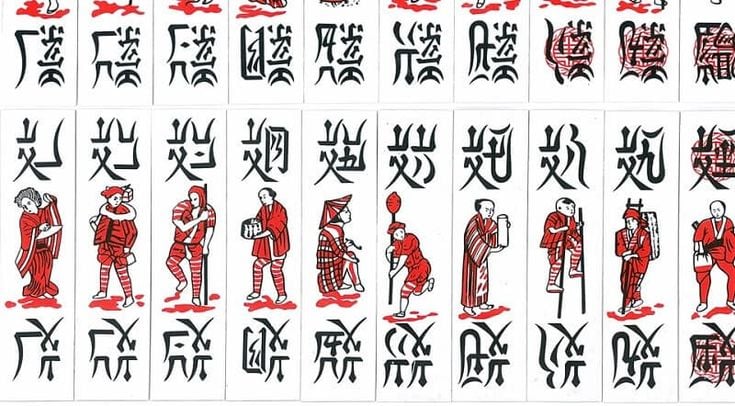
3. The most popular modern Vietnamese card games
3.1. Tiến lên (thirteen Vietnamese card game)
Vietnamese card game 13 shares similarities with the Western game President. Typically played by four or more players, each receiving 13 cards. The player who plays the highest or strongest cards, blocking the preceding player, wins the round. The first person to play all their cards wins the game.
Thirteen Vietnamese card game has simple rules:
- Numerical order: If of the same suit, the numerical order from low to high is 3, 4, 5, 6, 7, 8, 9, 10, J, Q, K, A, 2.
- Suit order: Ranking highest is the heart, followed by diamond, club, and spade.
- Cutting rule: To "cut" the previous player's card, the player must play a card with a higher number and the same color and suit. For example, to cut the 9 of spades, you cannot play the 10 of hearts; you need to play a higher spade card, such as the 10 of spades. The number 2 card holds great power. To cut it, you need a set of four cards of any same number or use a higher-valued 2 card.
- Pairs and sets rule: Pairs of the same number must also have the same color (for example, a red pair of 4 or a black pair of 5), while numerical sequence sets have to be of the same suit (like a 5-6-7 set of diamonds or an 8-9-10 set of clubs).
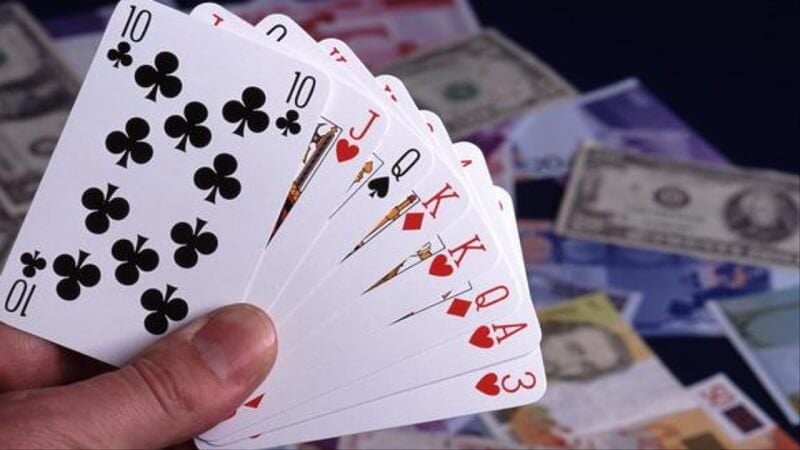
3.2. Tá lả (contract bridge)
Tá lả is a card game that follows the Rummy-style format and is widely played in Vietnam. This Vietnamese card game is most engaging with four players, and it becomes a bit more challenging with pairs sitting in "cross-wing" positions; they can strategically put pressure on the player seated next to them, giving their teammate more opportunities.
The ultimate goal is for players to combine their cards into a beautiful set called "phỏm" by “exchanging” cards in hand and discarding cards to minimize points.
Basic concepts:
- Phỏm: A set of at least 3 cards with the same number or a consecutive sequence of the same suit.
- Cạ: A pair of two cards, just short of forming a phỏm.
- Ù tròn: If all cards of a player form sets of “phỏm,” that player wins instantly.
- Móm: Failing to create any “phỏm”.
Gameplay:
- The first player is dealt 10 cards and discards one as a rác (waste) card. The next player can pick up this card if it helps them form a phỏm; otherwise, they draw a card from the nọc and discard another.
- This continues until there are no cards left in the nọc or a player declares ù.
- Phỏm is laid down, and points are calculated. Phỏm points are not counted; only points from waste cards are considered. The player with the fewest points wins.
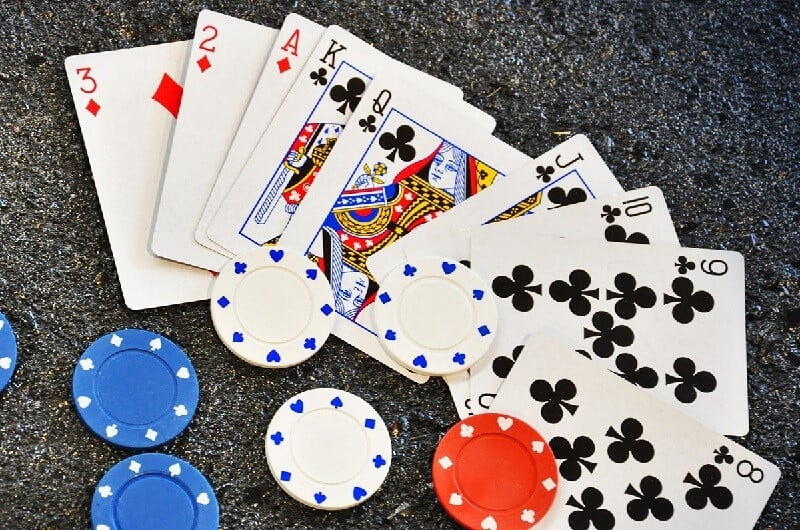
3.3. Xì dách (blackjack)
To commence a game of blackjack, a minimum of two players is needed. One player takes on the role of the dealer, while others become the players. The dealer holds the highest authority and has the right to inspect the cards of all players. Conversely, players can collaborate and reveal cards to each other to counter this dominance.
In each round, the dealer distributes two cards to themselves and each player. After dealing, all players check their cards and decide whether to draw more cards based on their total points. The objective is to avoid having the total points (of all cards held) exceed 21.
Scoring:
- Cards 2 to 10 have values corresponding to the numbers on the cards. For instance, drawing a 5 gives you 5 points.
- Cards J, Q, K are each valued at 10 points.
- Card A can be counted as 1, 10, or 11, depending on the situation. Card A is also known as Át or Xì in Vietnamese.
After dealing the cards, if the dealer or a player possesses any of the following combinations, they win immediately:
- Xì bàn: Two aces (20 points)
- Xì dách: One ace and one 10, J, Q, or K (21 points)
If no one has xì bàn or xì dách, players can choose to draw more cards to achieve the desired score or accept the current fate. However, at any time, the dealer has the right to reveal the cards of a player if they have already accumulated 16 points (the legal point). If a player has not reached 16 points when their cards are inspected, they lose immediately.
During the drawing of additional cards, some special cases may occur:
- Ngũ linh (Five elements): When a player reaches or stays below 21 points with five cards, they win instantly. In cases where multiple players achieve ngũ linh, the one with the fewest points wins.
- Quắc (Bust): If a player's total points exceed 21 (bust), they automatically lose and cannot draw more cards.

3.4. Bài cào (baccarat)
Each player is dealt three cards, and the goal is to calculate the total points. Points in bài cào range from 0 to 9, with 0 being the lowest and 9 being the highest. The player with a score of 9 or close to 9 wins.
Scoring:
- Cards 2 to 10 have values corresponding to the numbers on the cards
- Cards J, Q, K are each valued at 10 points
- Card A is valued at 1 point
However, in bài cào, the total points are taken only from the unit's digit. For example, if you draw three cards, 8, 5, and 4, the total points would be 7 (8+5+4=17, and the unit digit is 7).
In some special cases, even without the highest score, a player can still win with special combinations like:
- Sáp (Triple): This is a set of three cards of the same number. In the case of multiple players having triplets, the player with the higher triplet wins. In Vietnamese baccarat, A ranks the highest, while 2 is the lowest.
- Liêng (Straight): When a player has three consecutive cards like 3-4-5 (being of the same suit is not mandatory). In the case of multiple players having straights, the player with the higher straight wins. In bài cào, Q-K-A is the highest straight, and A-2-3 is the lowest.
- Ba Tây (Three Kings): When a player has three face cards J-Q-K. In case of multiple players having Three Kings, the players can distinguish the winner by comparing the suits of the cards.
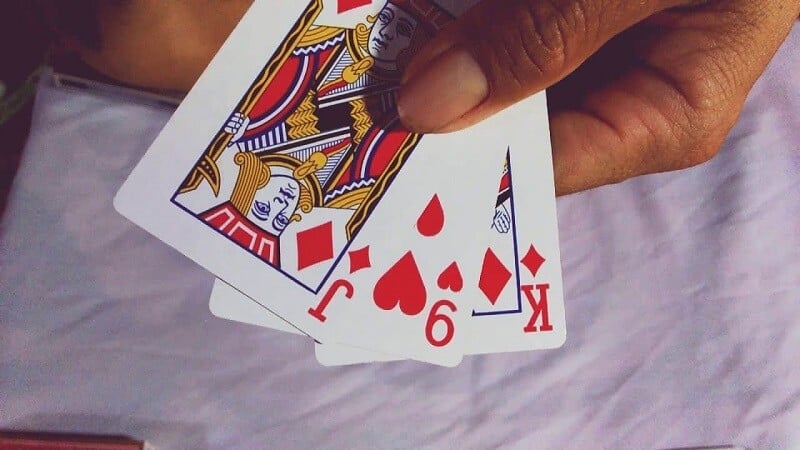
3.5. Cát tê (catte)
Similar to several other Vietnamese card games, cát tê uses a standard 52-card deck. The number of players in each game ranges from 2 to 6, with each player receiving 6 cards for 6 different rounds. Catte is a game that involves not only luck but also calculations and strategies to secure the largest card in the final round for victory.
Key concepts:
- Thiệp: The cards that players place face down when opponents play larger cards in the first four rounds are called thiệp.
- Tùng: The last cards played in each round, considered in that round only and hold the highest value.
- Chết Tùng: When a player fails to play all their cards in the first four rounds, they automatically lose and cannot continue.
- Thắng Tùng: A player only needs to play strong cards that could make all other players "Chết Tùng."
- Thắng Trắng: When a player owns special combinations like a four of a kind, 6 cards of the same suit, or all 6 cards with values lower than 6.
- Trưng: A player having Tùng in all four rounds advances to the fifth round.
This Vietnamese card game rules:
- Before each round, every player places bets.
- Card order: 2, 3, 4, ..., 10, J, Q, K, A (2 smallest, A largest).
- Suits ranked: Heart, followed by diamond, club, then spade.
- Outright winners are determined by tứ quý (four of a kind) > 6 cards of the same suit > 6 cards, all with values below 6.
Gameplay:
- Consists of multiple rounds and card comparisons.
- If there is no outright winner, proceed with six rounds, starting with the dealer or the previous round winner.
- In the first four rounds, players take turns playing, capturing cards, or "úp" (folding).
- Capturing is based on having a card with a higher value in the same suit as the opponent's card.
- Players aim to play strategically, especially in the first four rounds, to advance to the fifth and sixth rounds.
- The game concludes if a player "Chết Tùng" in the fifth or sixth round, determining the overall winner based on the final round's winner.
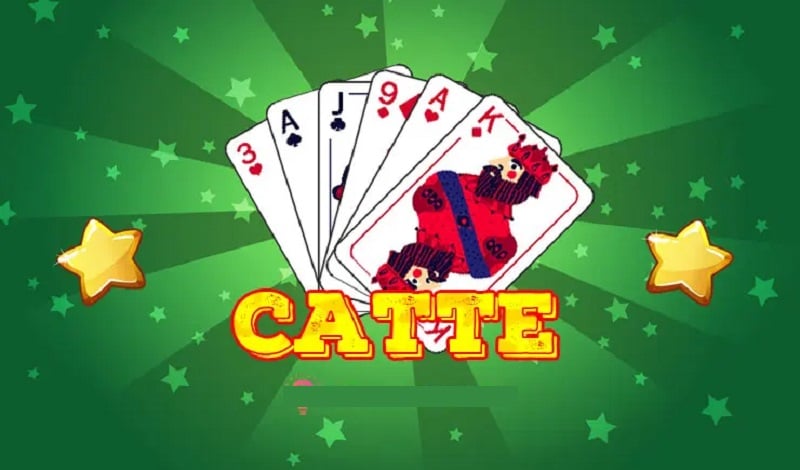
Vietnam's entertainment culture extends beyond traditional card games, with the country boasting different casinos in Vietnam in prominent locations like Hanoi, Ho Chi Minh City, Phu Quoc, Nha Trang, Hoi An, and Ha Long. One standout destination is the renowned Casino Phu Quoc. Boasting 100 gaming tables featuring Baccarat, Roulette, Blackjack, Poker, and Tai Xiu, alongside 1,000 slot machines and 32 Fusion Roulette gaming machines, the casino provides a diverse and thrilling gaming experience. Additionally, the presence of 125 Stadium Novo Unity II Multigames Stations, equipped with large and state-of-the-art LED screens, promises to be a distinctive Vietnam travel experience.
In Vietnamese culture, playing Vietnamese card games is a must for good, clean fun, especially when friends and family get together. They're simple yet powerful, creating bonds and adding a special touch to Vietnam.
If you are planning to come to Vietnam to experience this special culture, consider indulging in the luxurious accommodations offered by Vinpearl's hotel and resort chain. Vinpearl’s facilities are present in some of Vietnam’s most prominent cities, with each location promising world-class amenities and services. Moreover, don't miss the chance to explore the system of entertainment complexes VinWonders during your stay in Vietnam.

>>> Book rooms in Vinpearl Phu Quoc, Vinpearl Nha Trang, Vinpearl Resort & Golf Nam Hoi An, Vinpearl Resort & Spa Ha Long for a comfortable stay during your visit to Vietnam!
























